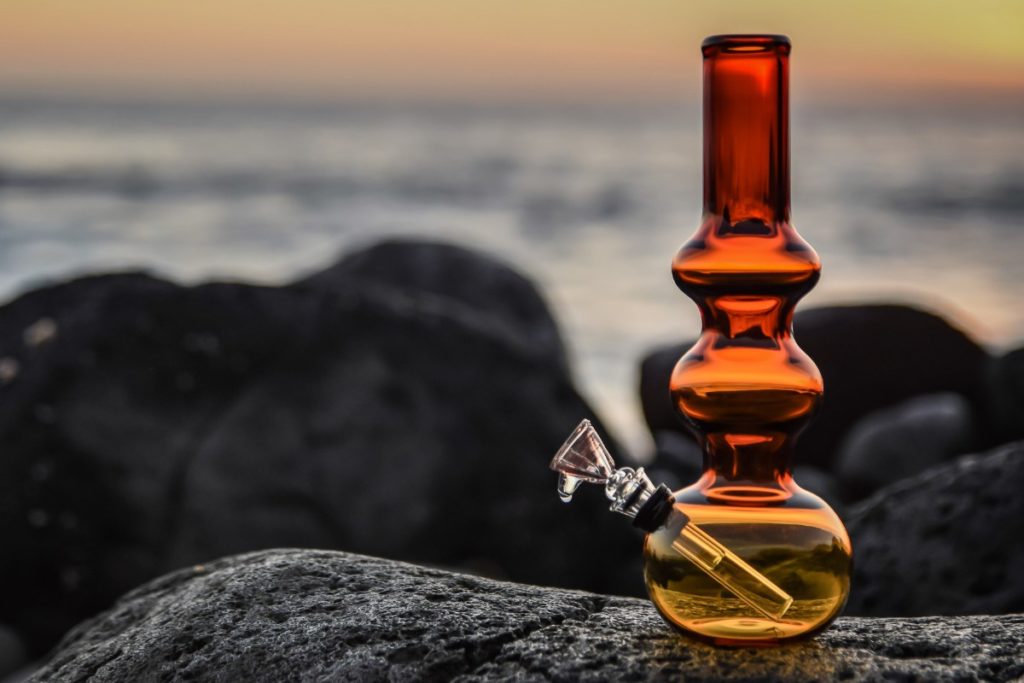The medical and recreational uses for cannabis continue to evolve and gain traction throughout the world. There are many ways to experience the benefits of THC and CBD. There is something out there for just about everyone. You can use cannabis by ingesting it, smoking joints, wearing trans-dermal patches, using oils, and much more.
Today, we’re here to talk about bongs and their growing popularity. We’ve compiled some helpful facts about them, their materials, and how to distinguish between different types when purchasing one.
How Do I Know If a Bong is Right for Me?
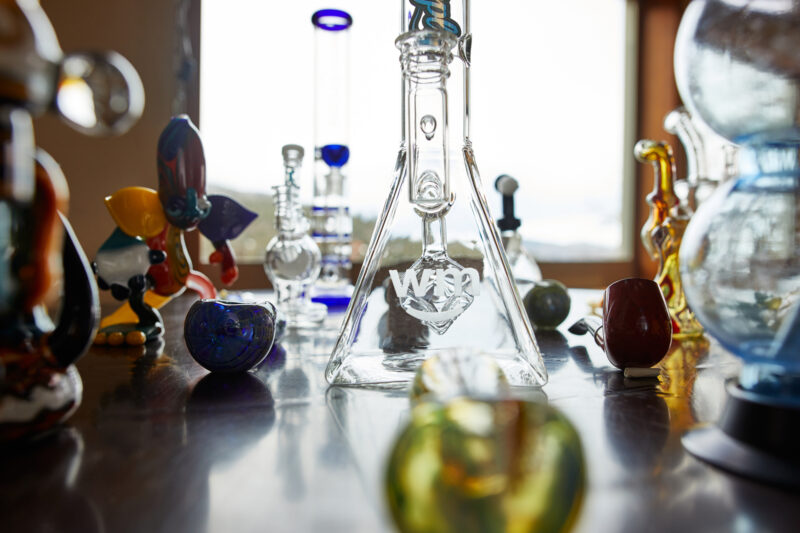
Usually, people who are purchasing a bong for the first time are experienced smokers who want to expand how they smoke. If you are a brand new smoker, it may be more beneficial to start with a more basic piece, such as a pipe, or by rolling joints.
People like using water bongs because the water diffuses the smoke before it enters your lungs. It makes for a smoother smoking experience. But only you know what’s right for you and your individual needs. It is important to remember that bongs are usually more expensive, so purchasing one is an investment.
What Are Bongs Made Of?
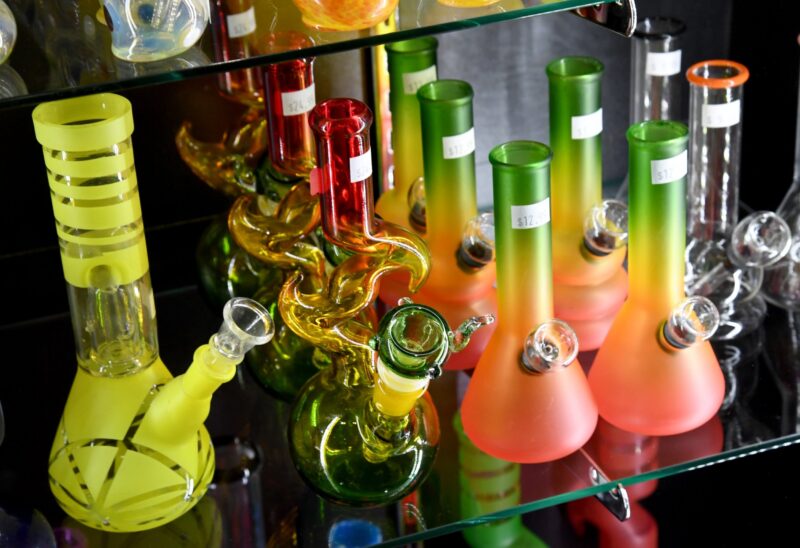
When it comes to purchasing a bong, materials matter. They come in a variety of different materials, with each type offering various benefits and drawbacks to the user experience.
The types of materials include:
- Plastic
- Glass
- Ceramic
- Metal
- Bamboo
Plastic
Plastic is a popular material for bongs. Pieces made out of this material are extremely durable, making them a suitable choice for travel. They don’t crack or shatter like other materials might. They are usually one of the cheaper varieties out there. They aren’t too difficult to clean either. One potential downside to this type of bong is that the material may affect the taste you experience.
Glass
By far, glass is the most common and popular material for bongs. While using it, the glass creates a clean taste that remains unaffected by the device. Glass bongs can be quite delicate. So keep that in mind if you need to transport one or you keep it somewhere where it could fall. Most glass pieces are transparent, making it easy for you to keep them clean.
Ceramic

Like glass, ceramic bongs are delicate and costly, but they are still a prevalent option for smokers. Many people love them for their appearance and because clay can be shaped easily, it is used to create stunningly intricate designs. Some people keep them around mainly as decoration.
Metal
Metal is a less common material for bong-making. Some of the pros of metal include its durability and the fact that it is cheap. Like plastic bongs, one of the cons to using a metal bong is how the material affects the taste of the smoke.
Bamboo
A lot of people love bamboo for its organic look and feel. Bamboo bongs are also durable and can be used for a long time (if they are taken care of properly). Bamboo pieces range from simple designs to intricate designs that include paint or nice ornamentation.
While you are considering what kind of material you want for your piece, keep your overall budget and desired smoking experience in mind.
Different Types of Bong Shapes
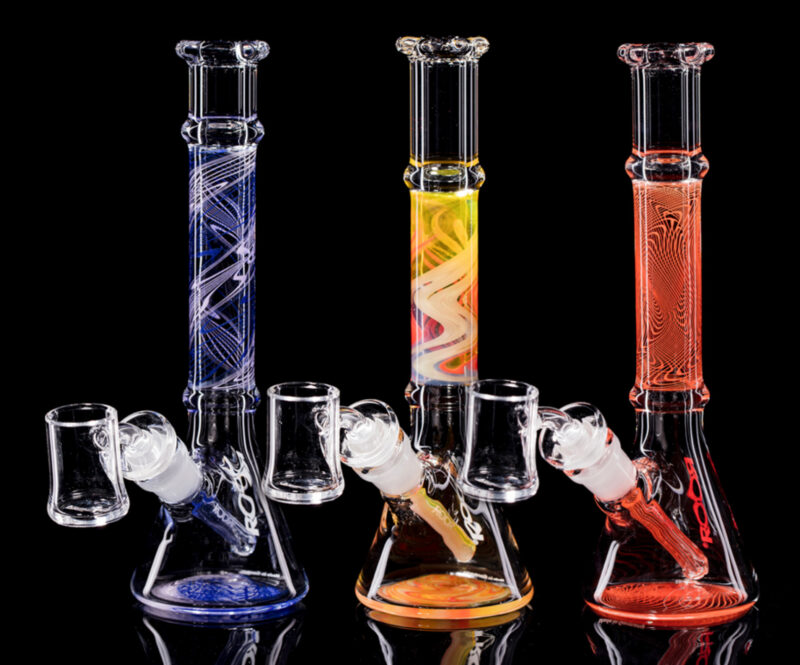
Now that you know about the basic materials out there, it’s time to consider the type of bong you want. Bongs come in all shapes and sizes, and each one creates a different experience for the person using it. We’ve included the following varieties:
- Gravity
- Beaker-Shaped
- Carburetor
- Round-Base
- Straight-Tube
- Percolator
- Multi-Chamber
Gravity
The Vortex gravity bong is a favorite among experienced smokers for the intense high it provides. It works by creating a partial vacuum when water vacates an enclosed space within the bong.
There are different types of gravity bongs. The two most common varieties are the bucket type and the waterfall type. You can create them yourself with the right materials. But you can also purchase a commercially made gravity bong for an easy, mess-free experience.
Beaker-Shaped
As the name implies, this bong is shaped like a scientific beaker. It has a cone shape at the base. Because the base is fairly large, its shape makes it stable and less likely to tip over. The process for using this type is similar to the straight-tube.
Carburetor
A carburetor bong has a hole around the middle of the piece. When you use this type of bong, you release your finger from the hole after you’re done pulling. The fresh air that enters the bong and then your lungs are intended to make the smoking experience more intense, leading to a more intense high.
Round-Base
The round-base bond works like the straight-tube and beaker varieties. The water chamber of this piece is spherical. The base is flat, which makes it stable but not as stable as the beaker shape.
Straight-Tube
This is one of the most common shapes. It consists of a tube that is sealed off on the bottom and open at the top. The mechanics of this bong are the same as the beaker and round-base options.
Percolator
A percolator bong doesn’t require any specific shape. They can be any shape list above. The main distinction to remember is the presence of a percolator. The percolator dissipates the smoke before it reaches the user, making it cooler and more filtered. This type of bong is also called a bubbler because of the bubbling effect it creates.
Multi-Chamber
Multi-chamber bongs are unique in the fact that they have more than one chamber for the smoke to pass through. The usual effect is a smoother, cooler smoking experience. These types of bongs are usually expensive and a little harder to clean.
Conclusion
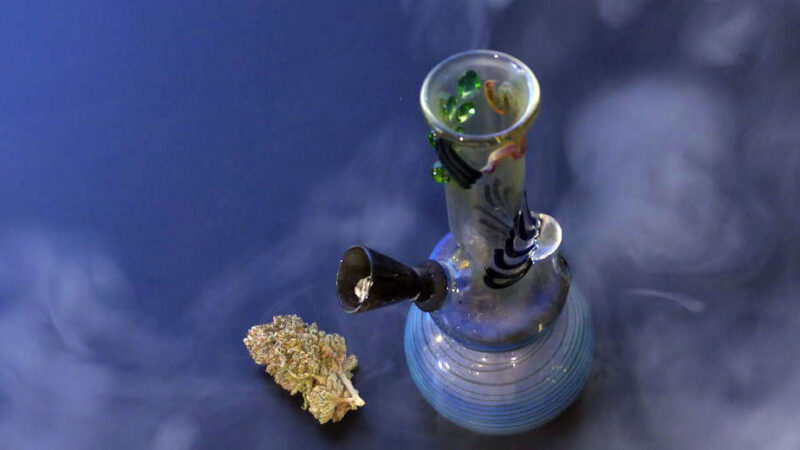
If you are considering a new bong, do your research online. Also, ask your friends what they like best. They may be willing to let you try a piece that you’re interested in so you can know if it’s the right choice for you.

